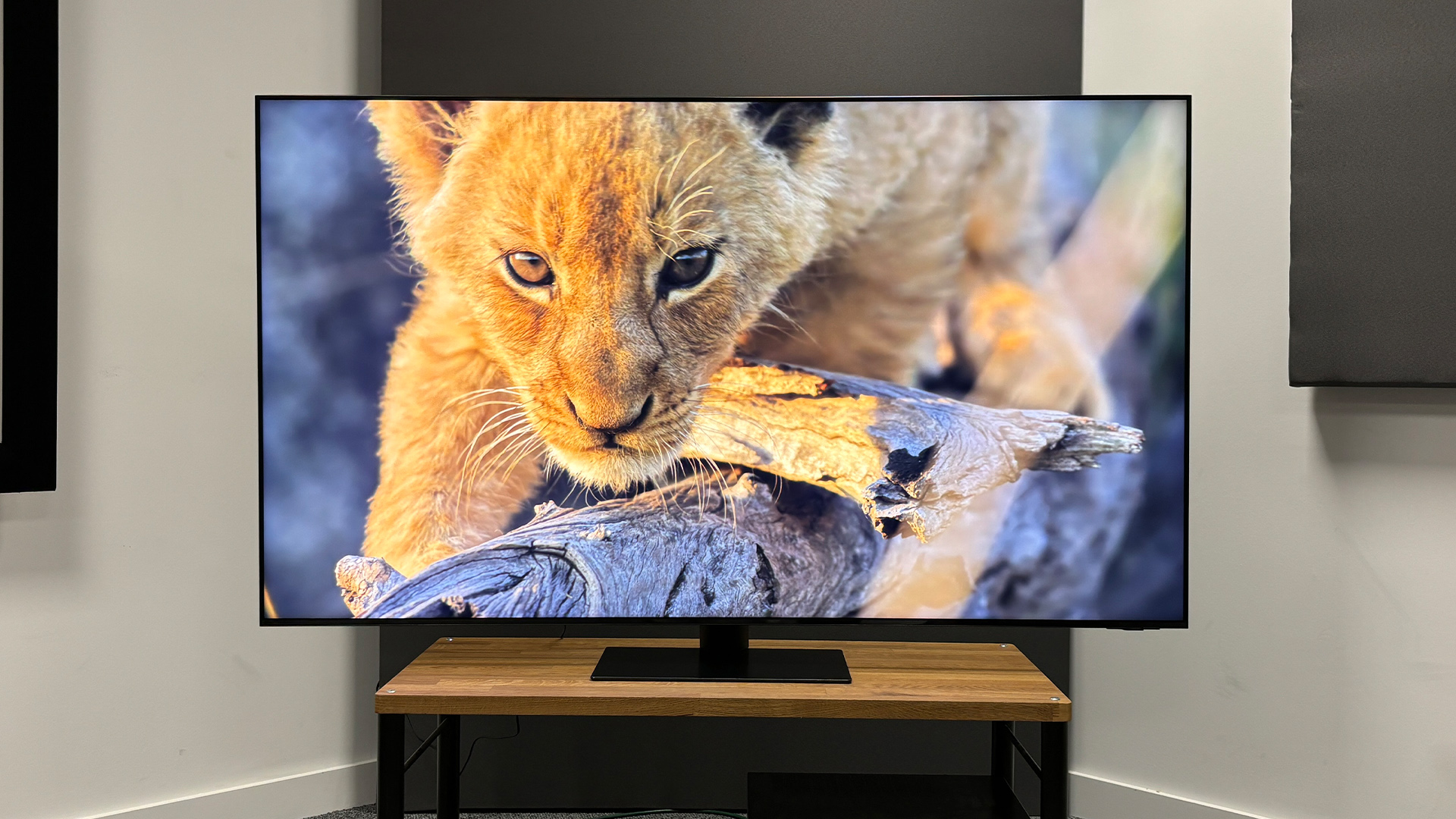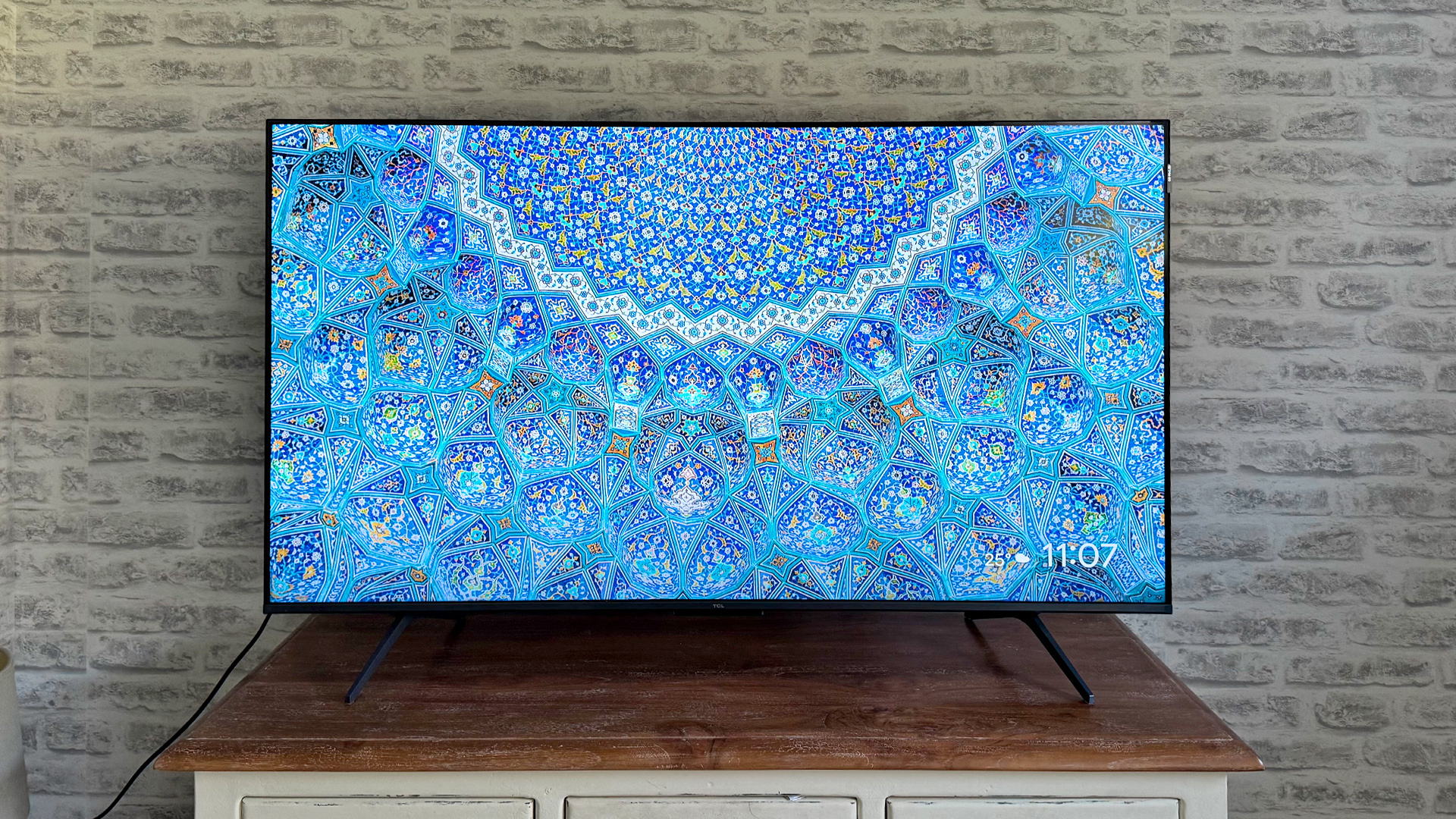Can Mini LED beat OLED in 2024? It’s not looking good so far, but there are two rays of hope
2024 was meant to be a big year for Mini LED TVs, but all signs suggest OLED’s dominance isn’t going anywhere

2024 was meant to be the year Mini LED finally took off as a valid alternative to OLED in the premium TV market for a couple of reasons.
First, because in 2023 two big-name flagship sets massively closed the quality gap between Mini LED and OLED. Both the five-star Samsung QN95C and Sony X95L offered huge year-on-year improvements – to the point they beat the flagship OLEDs we tested them against in some areas.
Our verdicts on both TVs say as much.
“The dimming-zone rich QN95C proves emphatically that Mini LED is much more than just a bright room technology,” wrote our testers in our Samsung QN95C review.
“Mini LED combines with local dimming and Sony’s latest picture processor to outstanding effect,” they continued in our Sony X95L review.
Second, because the same big names seem set to build on the success Mini LED had enjoyed with the new Samsung QN95D and Sony Bravia 9 TVs.
Both companies made huge marketing pitches for the Mini LED sets, with Sony going so far as to not bother releasing an OLED flagship, leaving the Bravia 9 as the top dog in its current line-up.
The latest hi-fi, home cinema and tech news, reviews, buying advice and deals, direct to your inbox.
But, with both sets having been reviewed in our dedicated testing rooms, we can sadly confirm that lightning hasn’t struck twice and both sets are good, but not great. The Samsung QN95D and Bravia 9 are both solid four-star products. That doesn’t mean they’re bad, but when we compared them to this year’s OLEDs they simply couldn't justify their high price.
Read our reviews and you’ll see there are common gripes on both. First, no matter how many times companies claim otherwise, we’re yet to see a Mini LED generate blacks that are as convincing as those from an OLED. This is due to the fact that OLED creates images by charging individual pixels, rather than using a backlight, and so it can create perfect blacks simply by not charging the pixels that are meant to be dark.
Mini LED ultimately is a refinement of LCD that still uses a backlight. It aims to improve performance by using smaller LEDs, which are arranged into a wider array of dimming zones, giving the TV more granular control over which elements emit light at any given time. This leads to performance improvements, but ultimately Mini LED still charges sections of a backlight, rather than individual pixels, so it can’t match OLED’s perfect contrast.
Second, both are a little finicky and come with some annoyances that might be forgivable at lower prices, but a problem when the TV costs the same as an OLED. On the QNS95D there's regularly a blue halo effect around particularly bright objects in the picture. On the Sony there are general inaccuracies with local dimming, which leads to distracting bursts of brightness in some instances. The only way we found to mitigate this on the Sony, was to turn off local dimming, which resulted in a lifeless picture. Sony has promised this will be fixed with a future software update, thankfully.
Compare that to the stellar experience we got on the five-star step-down LG C4 OLED, let alone true flagship LG G4 and Samsung S95D QD-OLED and we simply couldn’t recommend the Mini LED flagships over their OLED rivals.
So does that mean it’s all over for Mini LED in its latest effort to dethrone OLED in the flagship TV space? For now, yes. Even Samsung seems to be aware of this with it prioritising its big screen OLEDs for the second part of the year in its latest investors call.
But there are two rays of hope for Mini LED.

The first is the Panasonic W95A. This is Panasonic’s direct rival to the QN95D and Bravia 9. It’s a flagship TV that’s all but identical to the Panasonic Z95A OLED, outside of its use of a Mini LED panel. We haven’t reviewed the unit yet, but we did get an early look at it during a Panasonic press showcase. During it, Panasonic played a series of demos comparing it to its predecessor, the previous generation MZ950 Mini LED in a dark room.
In it there was a massive difference, with the newer set offering more shadow detail, inkier blacks and more accurate colours. This was a demo however, so I have to caveat I was not in control of the settings, meaning any differences should be taken with a pinch of salt, it was still impressive. If the W95A manages to continue to deliver excellent results when we get it in for proper testing, this could be a key victory for Mini LED in the premium TV space.
The second ray of hope for Mini LED comes from the new TCL C855K. The TCL C855K is the successor to the What Hi-Fi? Award-winning TCL C845K from last year. It’s not a flagship level set, with pricing set to sit well below that of a top end OLED, but it could be another great example of Mini LED’s greatest strength – its stellar value for money and performance in the mid-range space.
OLED TVs are fantastic at the top end of the market, but despite my constant letters to Santa, the panel tech is yet to trickle down to the mid-range, let alone affordable end of the market. If you want a 55-inch or above TV, an OLED will still set you back at least £1000 / $1000, even if you go for an old model.
Mini LEDs dominate the mid-range market as a result, offering the best performance-per-pound ratio. This was why we rated the TCL85K so highly, despite it also not matching even entry-level OLED’s picture performance in key areas during our tests. If history repeats itself, with the C855K, this could let Mini LED retain its dominance of the mid-range market and secure one key victory over OLED this year.
MORE:
These are the best 65-inch TVs we’ve tested
Our picks of the best OLED TVs
We rate the best cheap TVs

Alastair is What Hi-Fi?’s editor in chief. He has well over a decade’s experience as a journalist working in both B2C and B2B press. During this time he’s covered everything from the launch of the first Amazon Echo to government cyber security policy. Prior to joining What Hi-Fi? he served as Trusted Reviews’ editor-in-chief. Outside of tech, he has a Masters from King’s College London in Ethics and the Philosophy of Religion, is an enthusiastic, but untalented, guitar player and runs a webcomic in his spare time.
